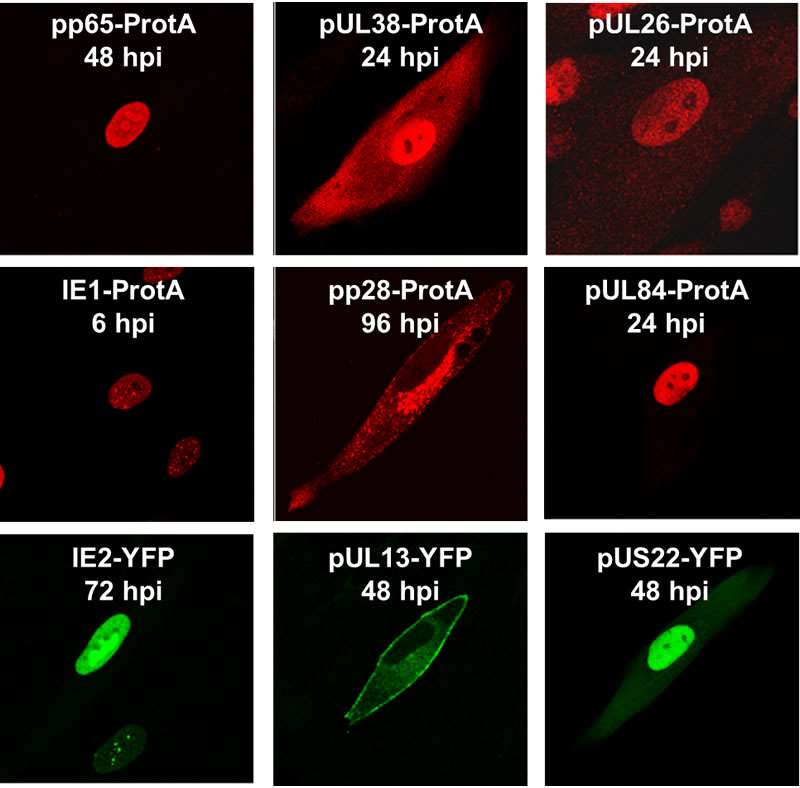Terhune Laboratory Research Areas
Research projects in the lab focus on defining how HCMV manipulate cellular processes and networks to construct an environment that supports virus replication. A long-term goal is to identify potential therapeutic approaches to manage infections. Students and staff in the lab develop hypothesis-driven projects that integrate traditional methods in virology with advanced technologies. We use approaches in viral genetics and molecular and cellular biology with varying applications in proteomics (e.g. phospho-proteomics, MALDI-imaging, SILAC quantification), computational modeling of protein networks, and hiPSC-derived multicellular and functional tissue types (e.g. connective tissues, neural organoids, hematopoietic cells). We collaborate with MCW faculty and other international experts in several of these areas. In addition, we often incorporate our observations and new approaches into MCW graduate education.
Over the years, we have defined the molecular functions for numerous HCMV proteins during infection. This body of research has revealed interconnected and dynamic networks between viral proteins and host proteins and processes. As an example, early collaborative studies on HCMV pUL38 revealed interactions with cellular TSC2 resulting in constitutive mTORC1 activity. Those studies revealed that pUL38 also binds to HCMV pUL29/28 and cellular HDAC1 deacetylase. Subsequently, our research demonstrated that HDAC1 binds to the pUL97 kinase while pUL29/28 binds to the transcription factor, p53 and a chromatin remodeling complex referred to as NuRD. Each of these interactions results in functional consequences to cellular processes including alterations in gene expression, apoptosis and/or cell cycle. We have uncovered additional interactions and networks not mentioned in this summary. Cumulatively, our work has revealed the complexity of network dysregulation created by HCMV proteins and required to support productive infection. By collaborating with investigators in other disciplines, we are currently extending these and other projects by using multicellular functional tissues and capturing network complexity and dynamics using computational modeling.


